Alps Conifer and Mixed Forests
The ecoregion’s land area is provided in units of 1,000 hectares. The conservation target is the Global Safety Net (GSN1) area for the given ecoregion. The protection level indicates the percentage of the GSN goal that is currently protected on a scale of 0-10. N/A means data is not available at this time.
Bioregion: Alps & Po Basin Mixed Forests (PA13)
Realm: Western Eurasia
Ecoregion Size (1000 ha):
14,982
Ecoregion ID:
689
Conservation Target:
59%
Protection Level:
5
States: Italy, Austria, Switzerland, France, Slovenia, Germany, Liechtenstein
Along the snowline, above the alpine forests in one of the last remaining truly wild areas in Europe, sparse populations of the Alpine Ibex can be found traipsing on precarious rock faces. Facing near extinction, the Alpine Ibex was reduced to a small population in the Gran Paradiso National Park in the Italian Alps. Since then, individuals from this remnant population have been reintroduced into other parts of the Alps allowing the species to reclaim much of the Alpine range. However, they continue to remain in small fragmented colonies with low genetic diversity, which still threatens their survival.
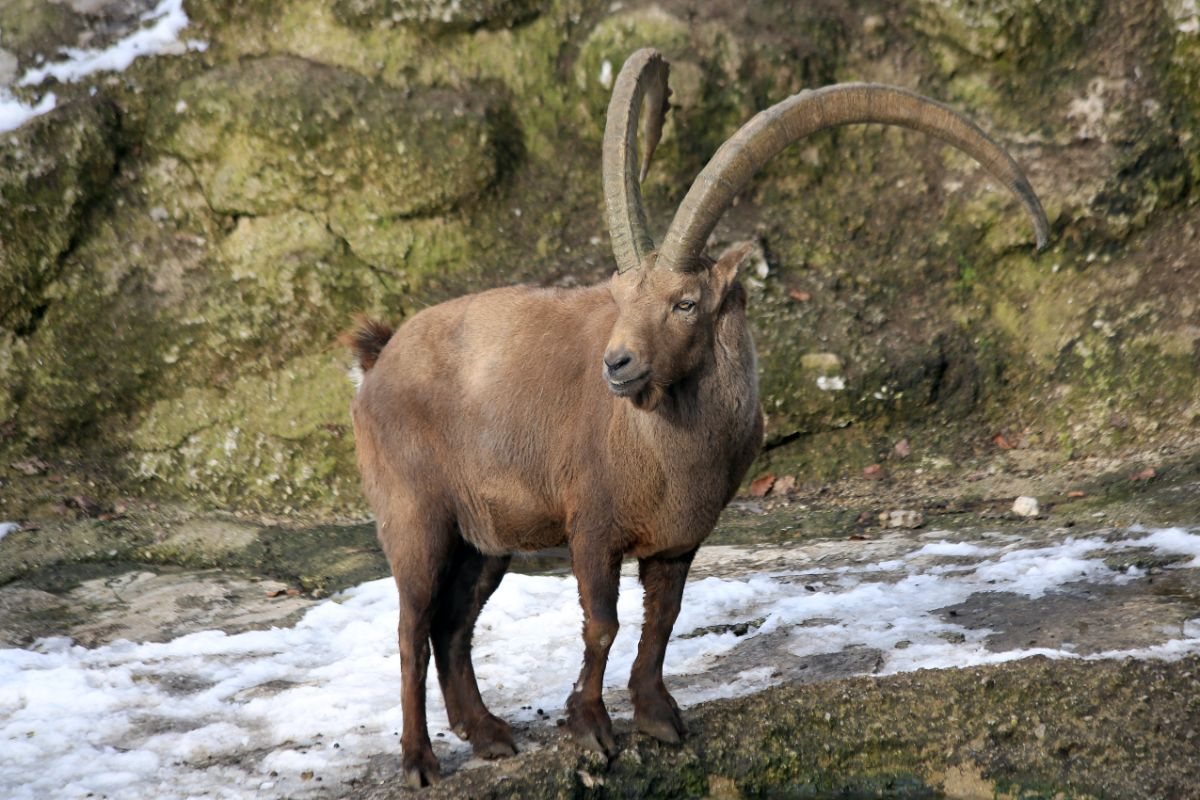
The flagship species of the Alps Conifer and Mixed Forests ecoregion is the Alpine ibex. Image credit: Manfred Werner, Creative Commons
Located in Central Europe, the Alps stretch across seven countries: France, Italy, Germany, Austria, Slovenia, Switzerland, and Liechtenstein. The mountains cover an area approximately 1,200 km long, 200 km wide with several peaks rising above 4,000 m, including the highest summit in Europe, Mont Blanc at 4,807 m. The Alps represent an ecotonal mountain system and are divided in three major sectors. The western region is influenced by the mild and humid Atlantic air streams, the central region has a continental climate, and the eastern region has a Mediterranean climate. Over half of the Alps are covered in forests.
To the north, natural vegetation is deciduous forest and, in the valleys of the above mentioned “Mediterranean” border areas, Sclerophyllous evergreen Mediterranean trees occur. Mountain forests are composed of mixed beech and silver fir, and of pure spruce or prostrate pine in the outer regions. Strict alpine zones host many relict species within a belt of alpine grasslands.
The Alps mountain range is one of the richest places in Europe for plants: about 40% of Europe’s flora is present here, many have adapted to survive harsh winds and cold winters. There are a total of 4,485 vascular plant species, of which 2,433 are present in subalpine to nival belts. Up to 400 of the vascular species are endemic to the ecoregion, particularly among the genera Campanula, Draba, Pedicularis, Phyteuma, Primula, Ranunculus, Saxifraga, and Viola. About 80 mammal species inhabit the Alps, none of which are "strictly" endemic.
_resized.jpg)
European brown bear. Image credit: Francis C. Franklin, Creative Commons
Large carnivore populations had been reduced in size or fragmented into small groups but are now slowly returning. These include Eurasian lynx, wolf, and brown bear. Other mammals found climbing high in the mountains include the red deer, ibex, chamois, marmots. About 200 breeding bird species can be identified, as well as an equal number of migratory species. Large birds of prey, such as the re-introduced bearded vulture, have sought refuge in these mountains. Only one of the 21 total species of amphibian is endemic, Salamandra lanzai. The diversity of invertebrates exceeds that of the vertebrate species by a factor of almost twenty; about one third of invertebrate species are considered threatened, including the vulnerable Alpine longhorn beetle and Carabus olympiae.
Wilderness areas can still be found throughout almost all the Alpine territory; however, winter resorts and urban sprawl are encroaching on these last remaining, untouched habitats. There are several protected areas spread across this ecoregion, many of which are protected under the Birds and Habitat directive. These include: Vanoise National park and Les Ecrins Special Protection Area in France; Alpes Suisses Jungfrau-Aletsch World Heritage Site in Switzerland; Pflanzenschutzgebiet protected area in Liechtenstein; Grintovci special protection area in Slovenia; Hohe Tauern and Salzburg site of community importance in Austria; National park Berchtesgarden special protection area in Germany; and, Parco Nazionale del Gran Paradiso in Italy.
The Alps are heavily exploited by the ca. 11 million people who live there and the 120 million annual visitors. Expansion of urbanized centers, commuter systems, and tourist resorts, intensification of lowland agriculture, and the development of power plant industry are all contributing to the significant fragmentation of habitats; the associated air, noise, and water pollution is also contributing to the degradation of habitats. This mainly threatens the permanence of large carnivores (who are naturally returning or are being reintroduced in the Alps). Recent and predicted increases in climate change impact are resulting in the displacement of Alpine species to higher altitudes, which will eventually go extinct due to lack of space to move into.
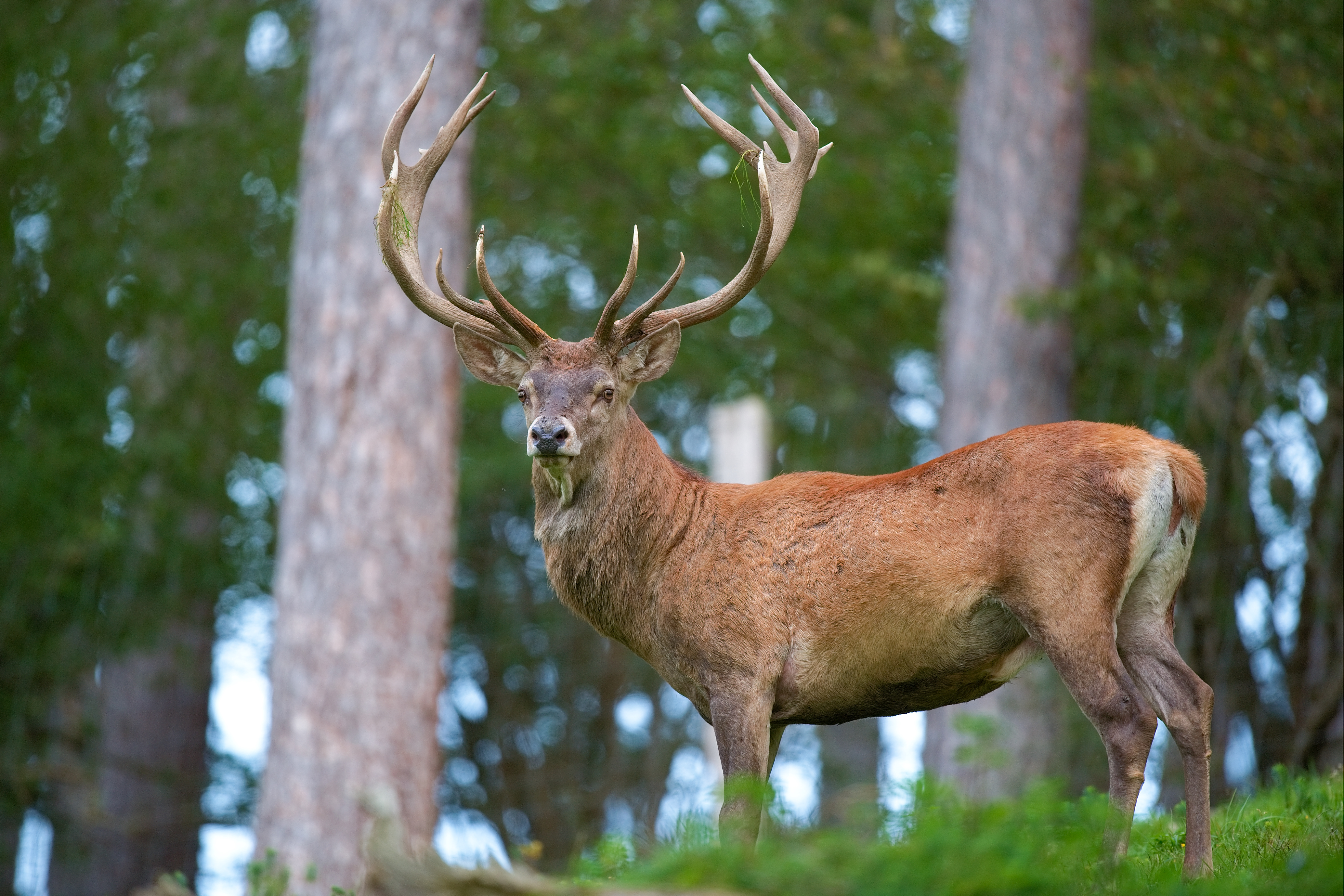
Red deer. Image credit: Creative Commons
The priority conservation actions for the next decade will be to: 1) enhance connectivity between natural areas to allow animals to freely move around in the Alps; 2) promote sustainable tourism for natural protection; and 3) restore ecologically important habitats including forests, dry meadows, grasslands, and rivers.
Citations
- K Sundseth, Ecosystems LTD. 2005. Natura 2000 in the Alpine region. European Commission. http://ec.europa.eu/environment/nature/info/pubs/docs/brochures/nat2000_alpine.pdf
- Reid, A. and Savoia, s. 2012. The European Alpine Programme. Joint Action for nature in the European Alps. WWF. https://d2ouvy59p0dg6k.cloudfront.net/downloads/ealp_brochure_en_25april2012_web.pdf
- Müller, J.V., Berg, C., Détraz-Méroz, J., Erschbamer, B., Fort, N., Lambelet-Haueter, C., Margreiter, V., Mombrial, F., Mondoni, A., Pagitz, K. and Porro, F. 2017. The Alpine Seed Conservation and Research Network-a new initiative to conserve valuable plant species in the European Alps. Journal of Mountain Science, 14(4), pp.806-810.
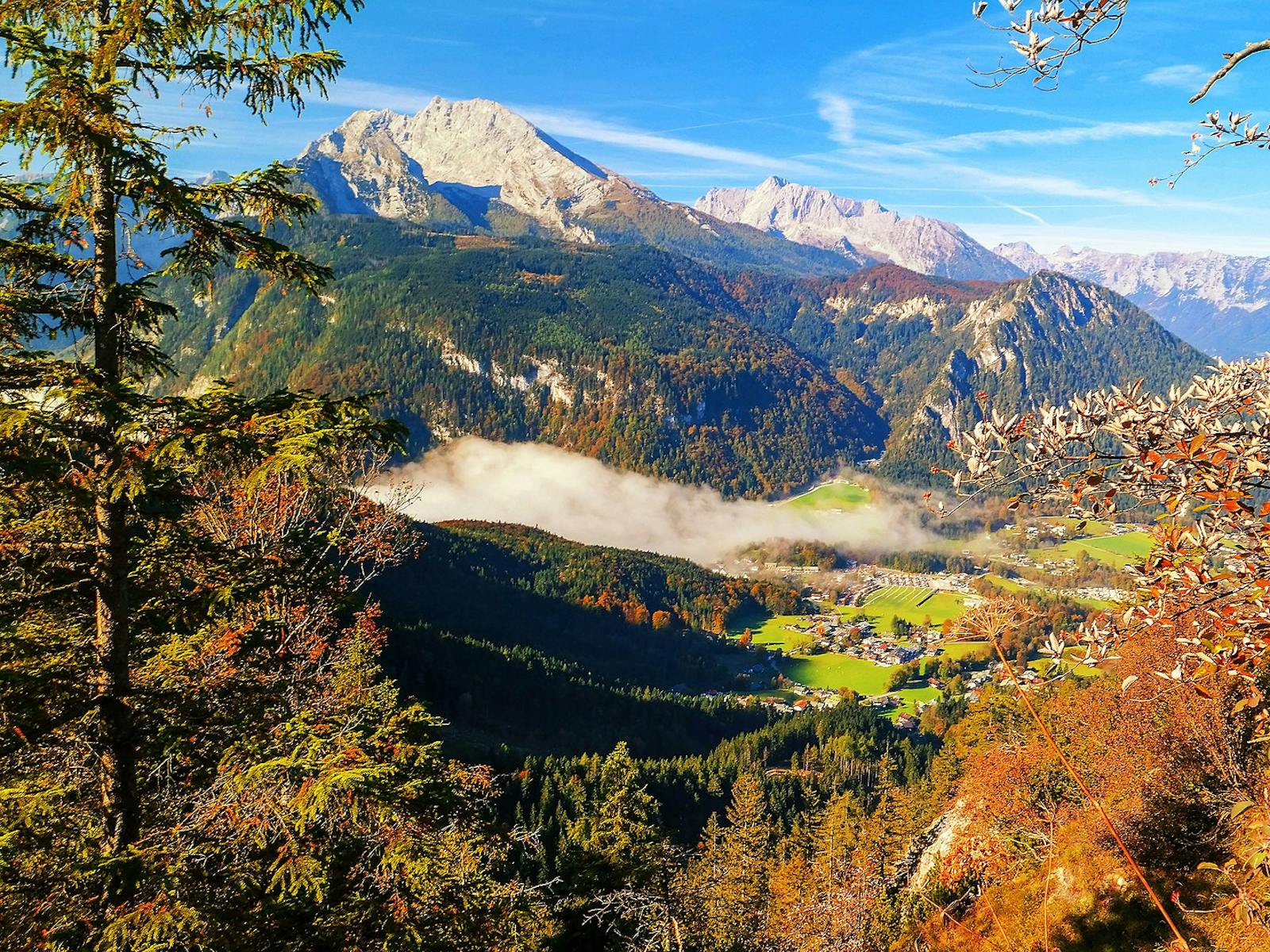
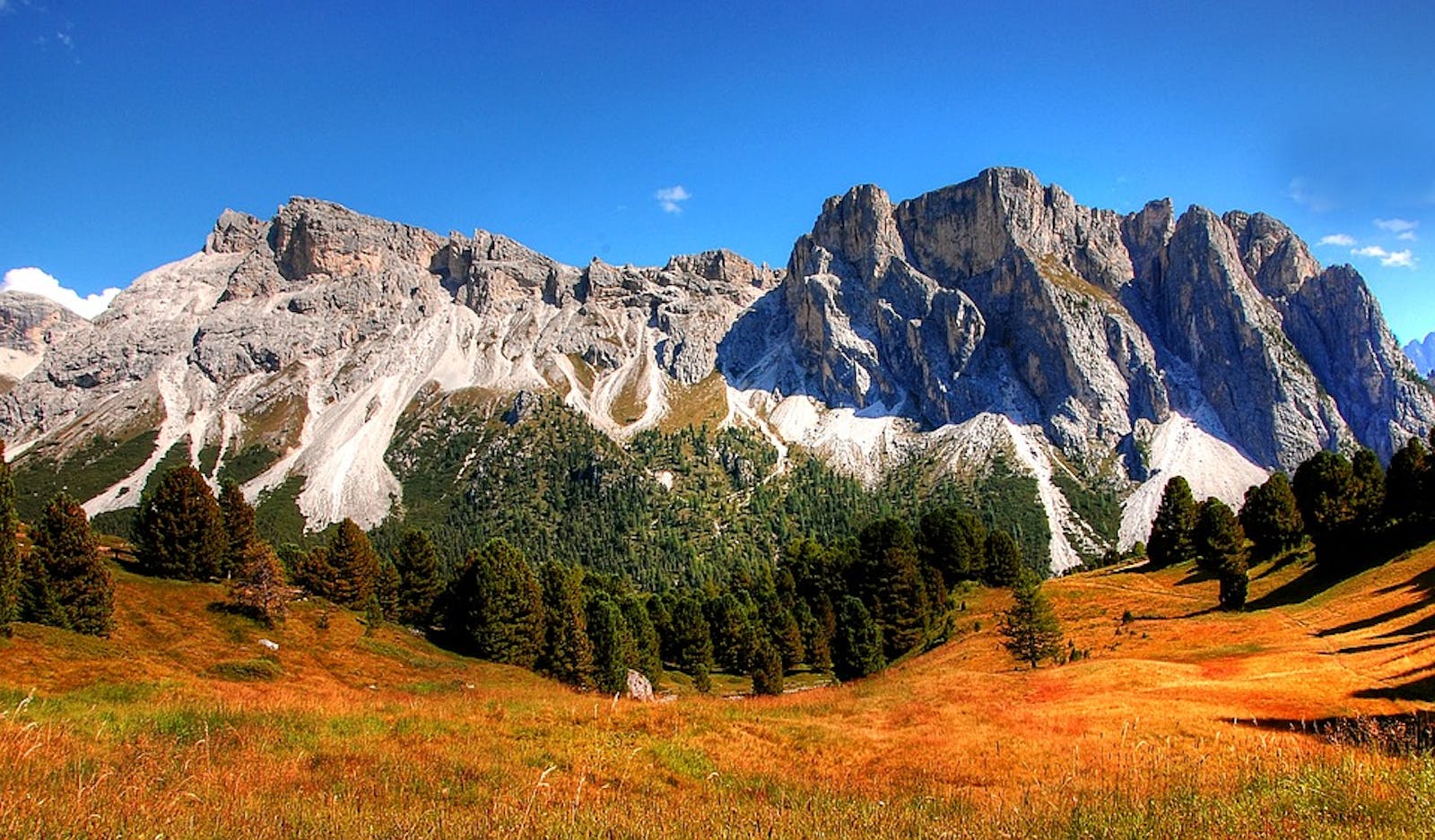
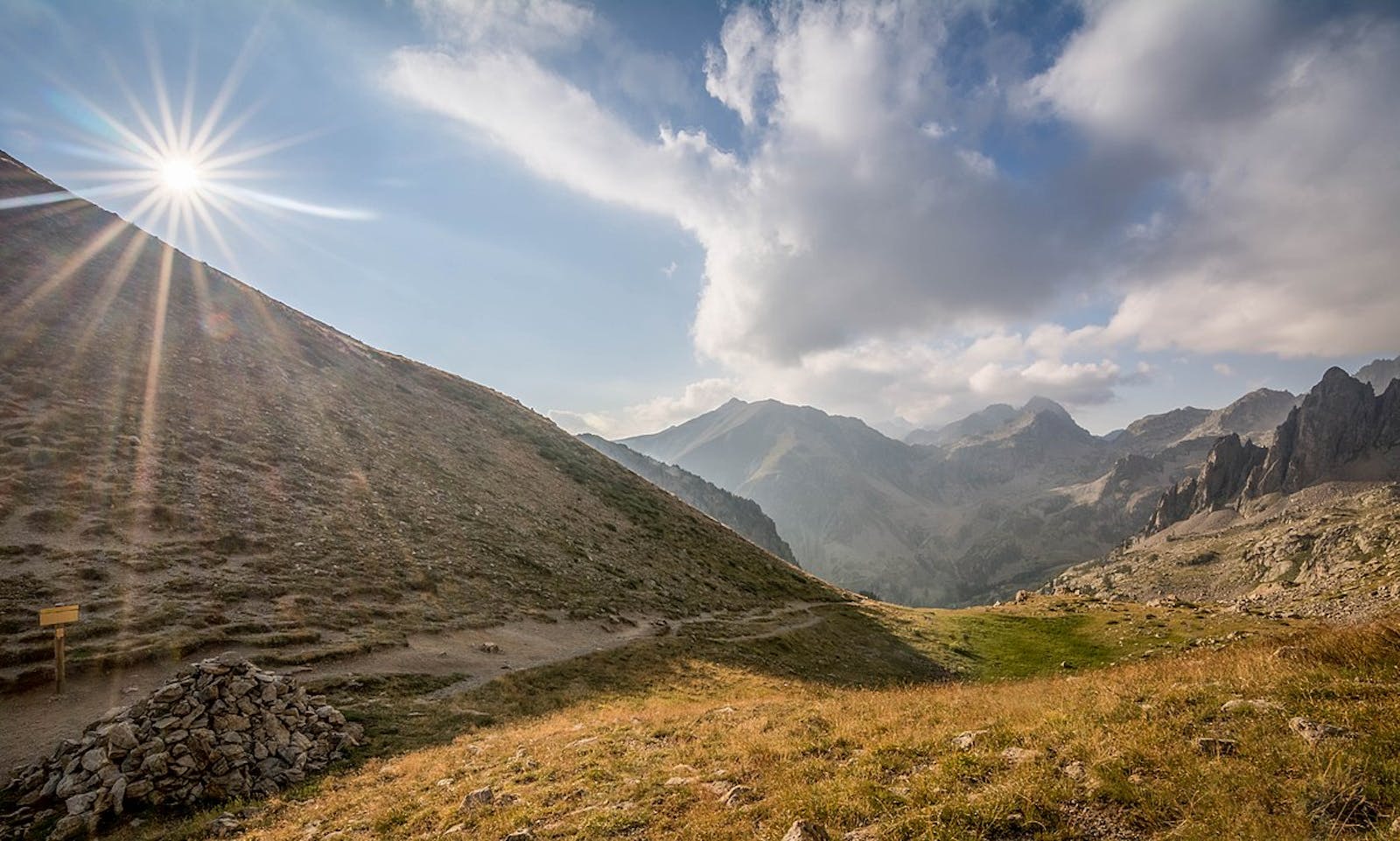

.png?auto=compress%2Cformat&w=300)

